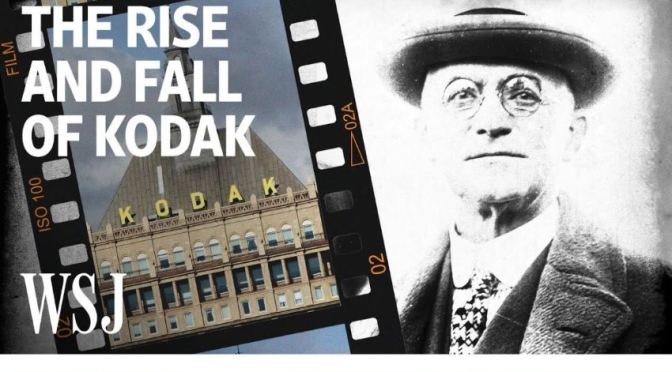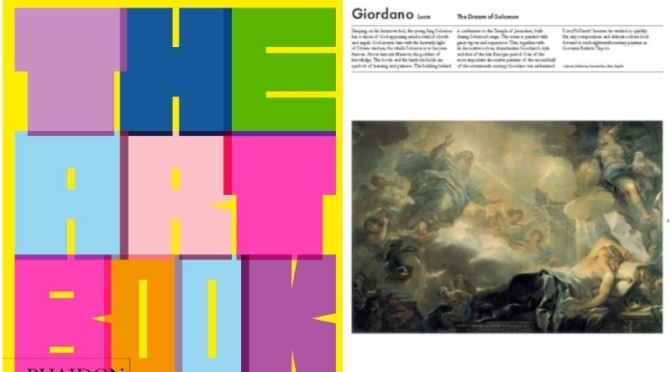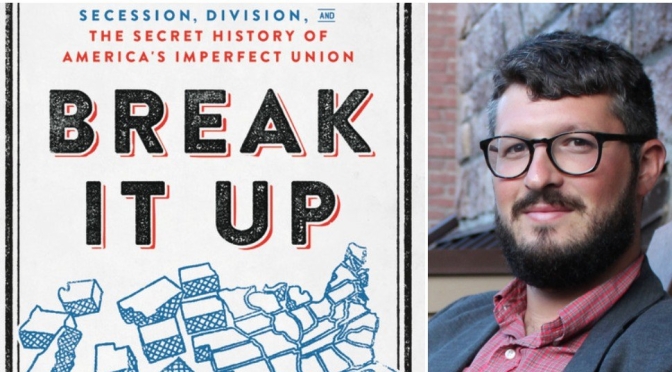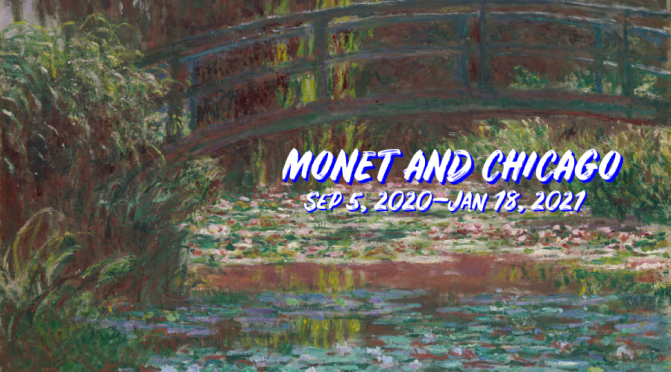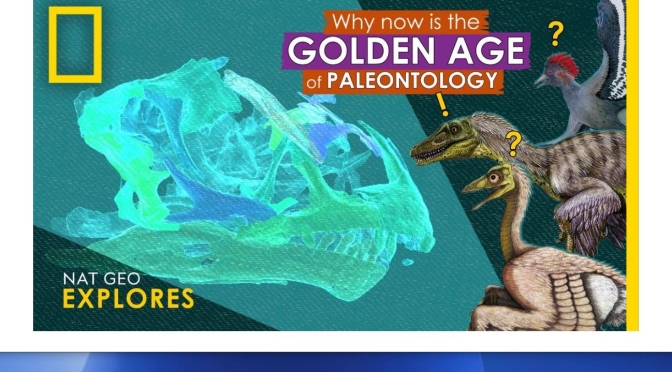An essential and compelling exploration of the design, history, and culture of the motorcycle – an icon of the machine age…
Motorcycles are ubiquitous in the world’s streets and cities, evolving over decades in engineering and design to meet individual transportation needs. With the coming demise of the internal combustion engine and the rise of electric powered vehicles, motorcycle design is being revolutionized by new technologies, the demands of climate change, and global social transformation. The Motorcycle: Desire, Art, Design traces the exciting evolution of this automotive icon – and the culture of desire, freedom, and rebellion that surrounds it.
Motorcycle showcases 100 superb examples of motorcycle design from the late 19th century to the present day and beyond to the technological innovations of the future.
Beautifully illustrated with newly commissioned photography and archival ephemera, this visually arresting survey will prove compulsive reading to design lovers and motorcycle fans alike.





